Attending the event were Mr. Nguyen Nhu Cuong - Deputy Director of the Department of Science, Technology and Environment, Ministry of Agriculture and Environment ; representatives of the Department of Climate Change, Ministry of Agriculture and Environment; representatives of relevant departments, branches and sectors; scientists , experts; businesses and farmers.
Increased rice yield compared to traditional farming methods
Speaking at the seminar, Mr. Nguyen Dinh Xuan - Director of the Department of Agriculture and Environment said that Tay Ninh is a land with a tradition of agricultural production, playing an important role in the agricultural value chain of the Southeast region. However, the agricultural sector in Tay Ninh in particular and the whole country in general is facing many challenges such as water scarcity, high production costs, environmental pollution and especially the urgent need to reduce greenhouse gas emissions, especially in rice cultivation.
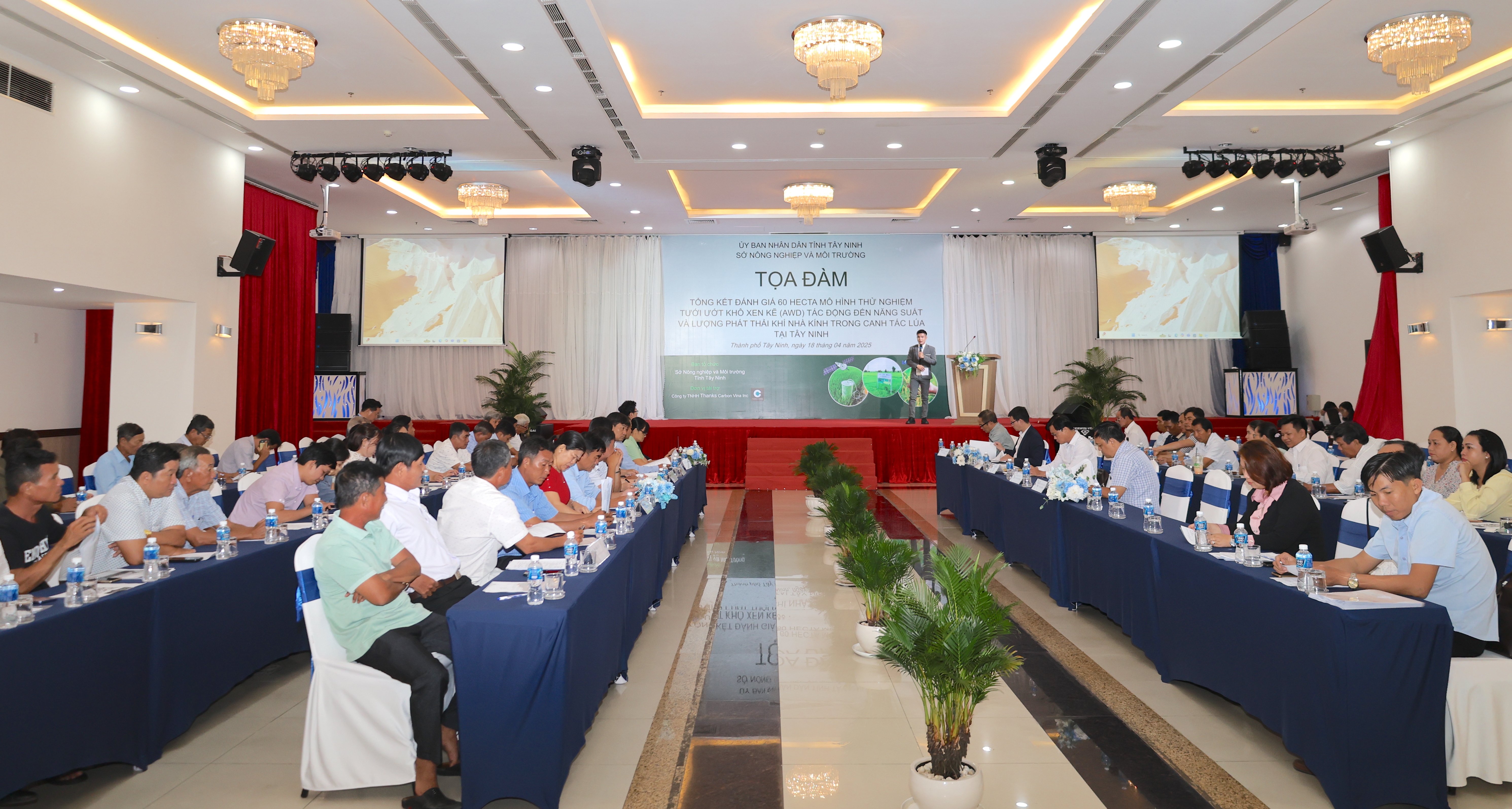
In Tay Ninh, the experimental model of alternating wet and dry irrigation (AWD) was deployed at An Hoa Agricultural Service Cooperative, An Thoi Quarter, An Hoa Ward, Trang Bang Town; An Binh Agricultural Service Cooperative, Thanh Binh Hamlet, An Binh Commune, Chau Thanh District.
The model will be deployed in the 2024-2025 Winter-Spring crop, with a trial area of 30 hectares/area. Initial results show that this is a potential solution: saving 26% of fertilizer; 20%–30% of irrigation water, while helping to reduce methane emissions - a strong greenhouse gas, by up to 54% compared to traditional farming practices.
In particular, rice productivity increased by 17%; profits increased by about 7 million VND/ha/crop compared to traditional farming methods in the locality. This is important, because Tay Ninh is actively responding to the National Strategy on Green Growth and implementing the commitment of the Vietnamese Government at COP26 - aiming to achieve net zero emissions by 2050.
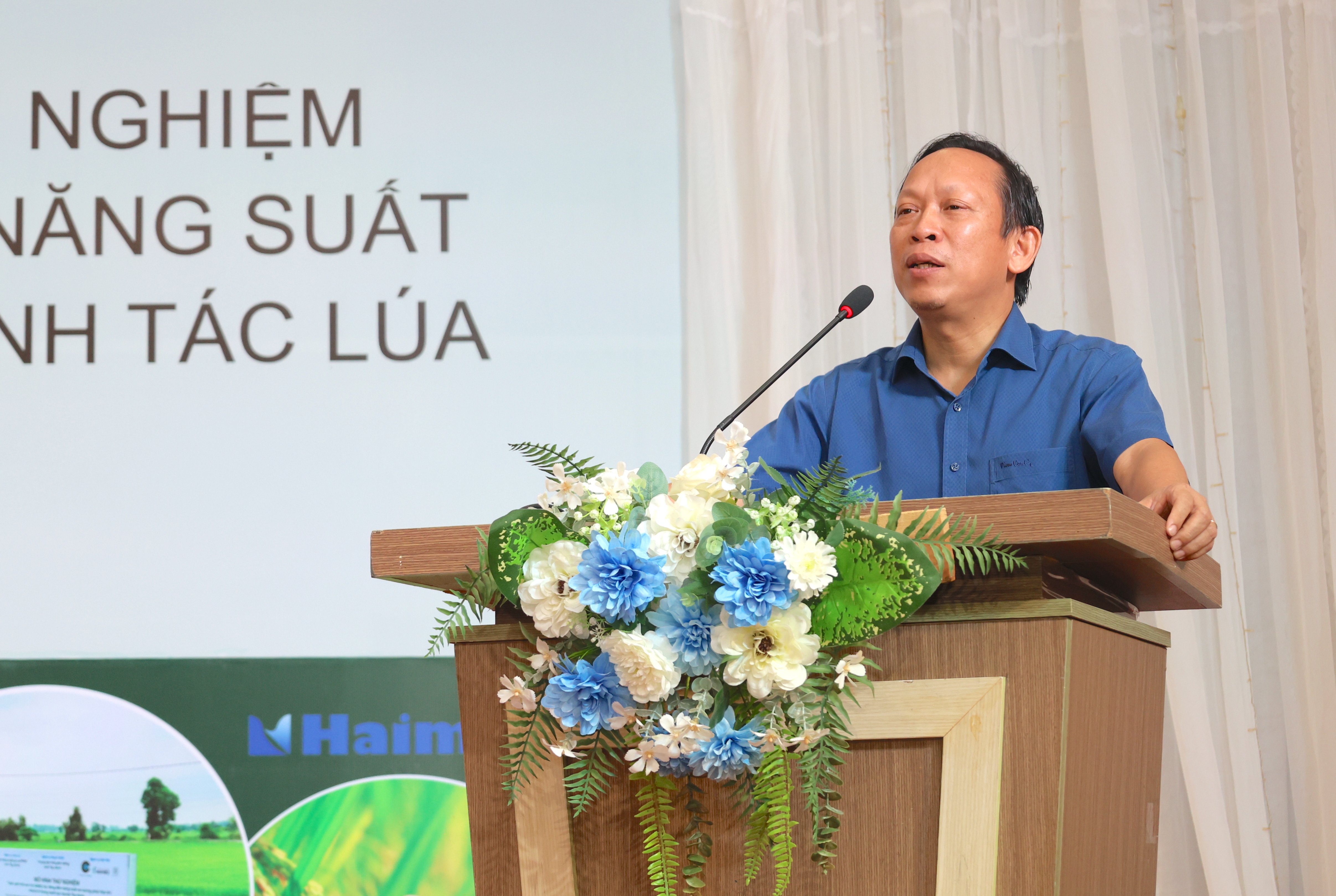
Tay Ninh Department of Agriculture determined that the application and replication of the AWD model should not stop at piloting, but should be integrated into rural development programs, support policies, training and communication to each cooperative and each field, thereby helping farmers to produce effectively, master technology, and be a pioneer in the transformation of agriculture towards green - clean - smart.
At the discussion, Mr. Tran Van Tham - Chairman of the Board of Directors, Director of An Hoa Agricultural Service Cooperative (Trang Bang town) shared that when applying the model, farmers are instructed on techniques to monitor water levels in the root zone, combined with observing the growth status of rice plants to make more accurate irrigation decisions. This helps reduce the number of water pumps, saving fuel and labor.
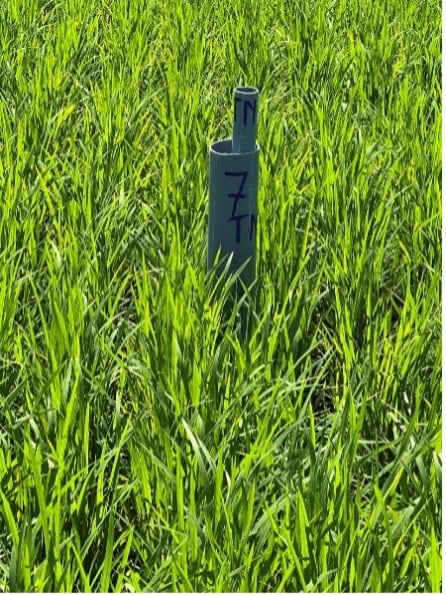
However, when applying this model, farmers also encounter some difficulties and problems such as: some production areas are affected by tides or unstable water withdrawal times, making it difficult to comply with the minimum water withdrawal time process; farmers' constant worry is that pests, especially rats and brown planthoppers, can arise strongly when the fields are dry if there are no timely management measures...
Replicating the model to reduce methane emissions
In Tay Ninh, the application of AWD brings many significant environmental benefits, including water savings, reduced greenhouse gas emissions, improved water quality and other environmental impacts. Among them, reducing methane (CH 4 ) emissions is one of the most prominent environmental benefits of this method. Traditional farming methods have long water retention times in the fields, creating conditions for anaerobic bacteria to produce methane, a greenhouse gas with a global warming potential 25 times greater than CO 2 over 100 years.
With the rice cultivation area in the province reaching 141,500 hectares per year by 2030, if the AWD method is applied, the amount of methane will reduce by about 641,844 tons of CO 2 eq. This is an important contribution to the effort to reduce climate change, especially in the context of Vietnam's commitment to achieve net zero emissions by 2050.
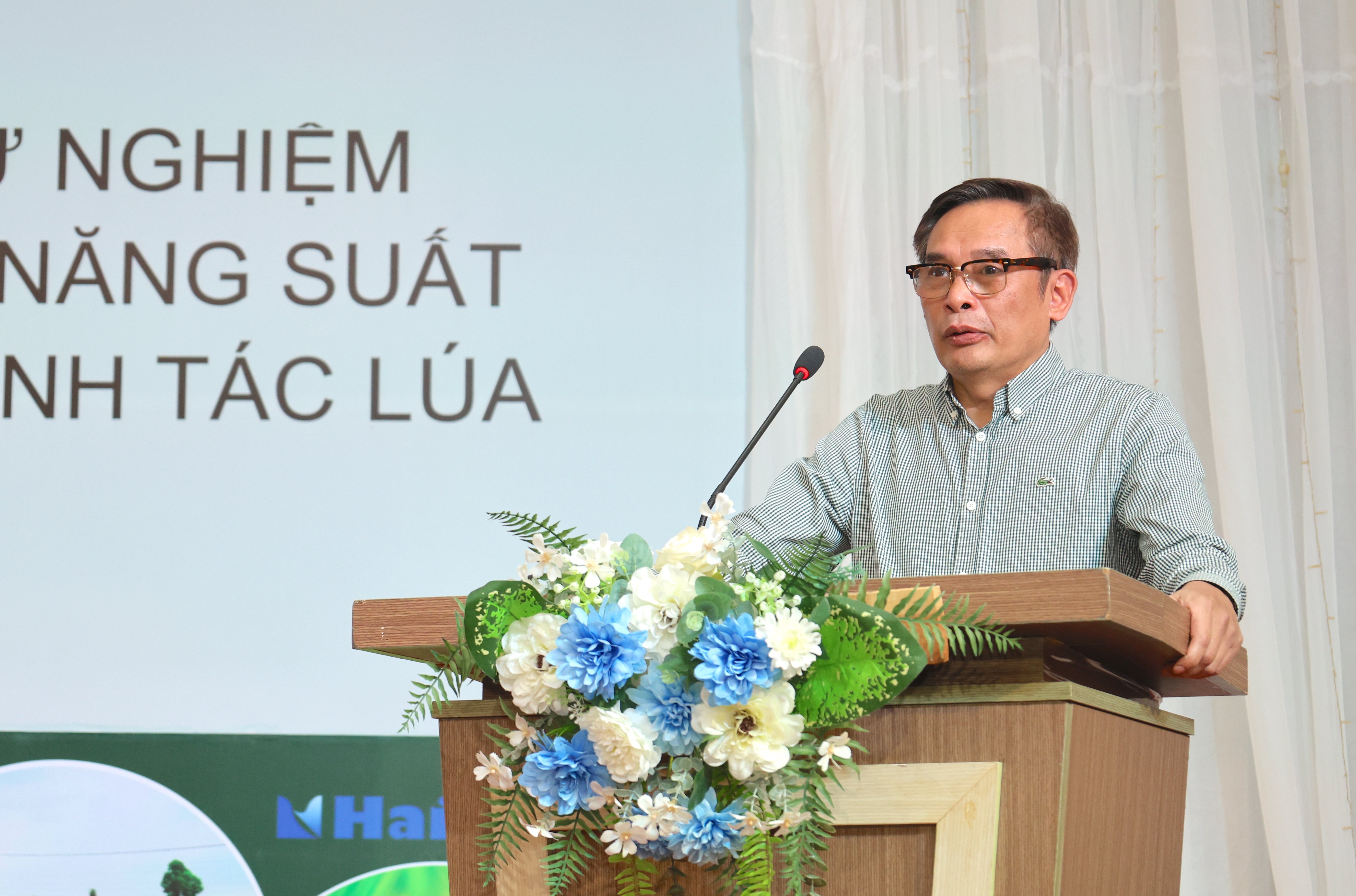
With a rice area of 141,500 ha in Tay Ninh per year, the total amount of water saved can be estimated to range from 70,750,000 m3 to 212,250,000 m3 per year. This is important because Tay Ninh often faces water shortages in the dry season, especially in areas that depend on rainwater or have an incomplete irrigation system. The AWD method helps to significantly reduce the amount of irrigation water, helping to conserve groundwater and surface water, reducing pressure on the local irrigation system.
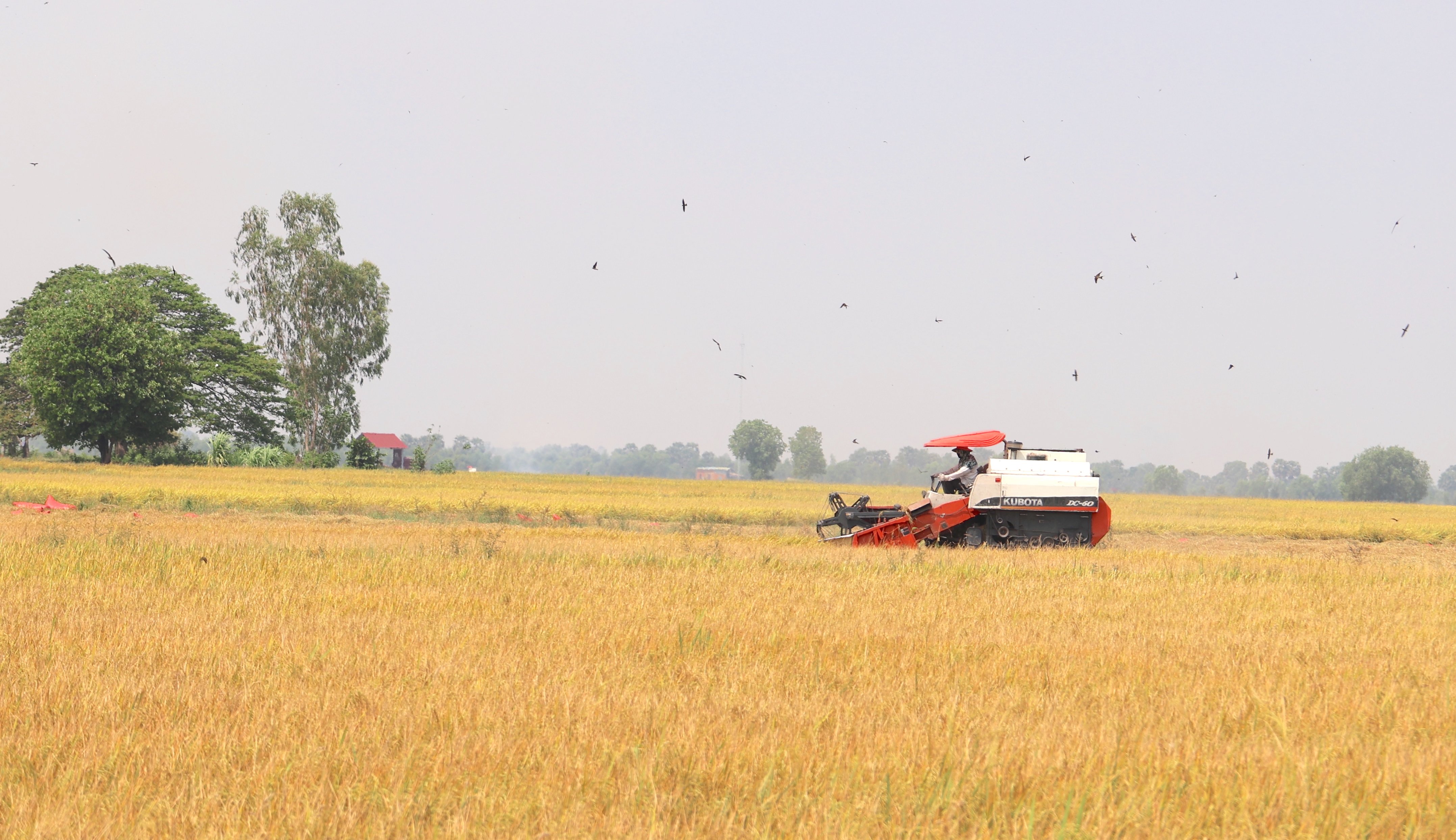
Speaking about the orientation and potential assessment of the AWD model in Tay Ninh province, Mr. Nguyen Nhu Cuong - Deputy Director of the Department of Science, Technology and Environment, Ministry of Agriculture and Environment emphasized that the AWD model is not a new model, it has been applied in Thailand, Philippines... when applied in Vietnam, it received high consensus from the people. For the 60-hectare model in Tay Ninh, after the testing period, it has achieved high efficiency, with remarkable results compared to traditional rice production methods.
In the coming time, the Deputy Director of the Department of Science, Technology and Environment hopes that all farmer members and cooperatives will be propagandists to propagate to their families, neighbors, friends, etc. to widely replicate the model. Authorities need to issue policies to support people, remove difficulties and obstacles to help farmers feel secure in production, contributing to the socio-economic development of the locality.
Hoang Yen
Source: https://baotayninh.vn/hieu-qua-mo-hinh-thu-nghiem-tuoi-uot-kho-xen-ke-trong-canh-tac-lua-tai-tay-ninh-a189051.html





![[Photo] Readers line up to visit the photo exhibition and receive a special publication commemorating the 135th birthday of President Ho Chi Minh at Nhan Dan Newspaper](https://vphoto.vietnam.vn/thumb/1200x675/vietnam/resource/IMAGE/2025/5/17/85b3197fc6bd43e6a9ee4db15101005b)
![[Photo] Prime Minister Pham Minh Chinh chairs meeting on science and technology development](https://vphoto.vietnam.vn/thumb/1200x675/vietnam/resource/IMAGE/2025/5/17/ae80dd74c384439789b12013c738a045)
![[Photo] More than 17,000 candidates participate in the 2025 SPT Competency Assessment Test of Hanoi National University of Education](https://vphoto.vietnam.vn/thumb/1200x675/vietnam/resource/IMAGE/2025/5/17/e538d9a1636c407cbb211b314e6303fd)



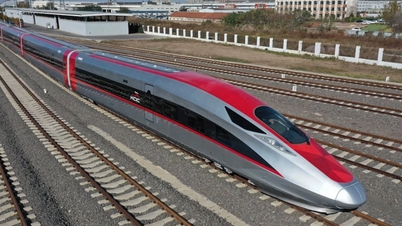

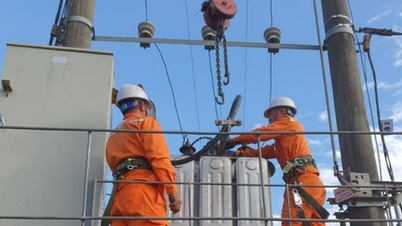

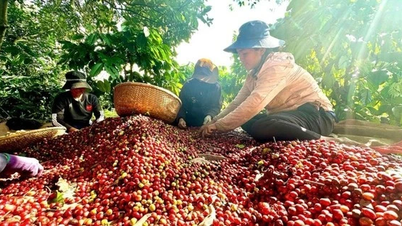

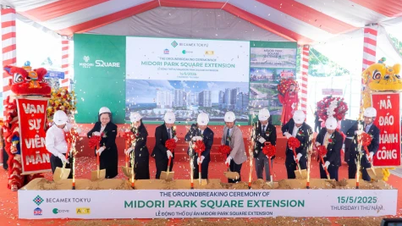





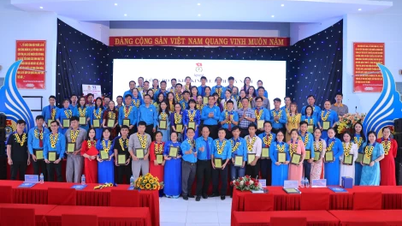

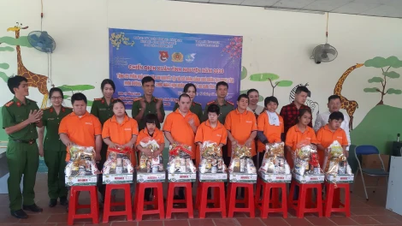
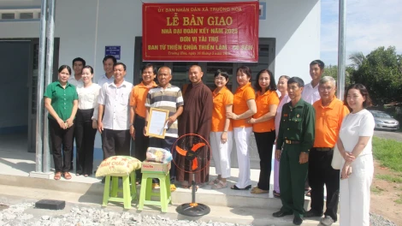

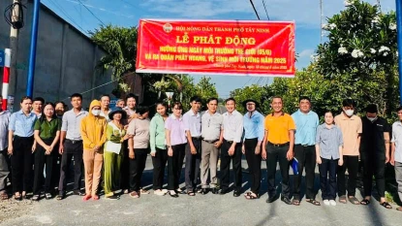
![[Photo] Nearly 3,000 students moved by stories about soldiers](https://vphoto.vietnam.vn/thumb/1200x675/vietnam/resource/IMAGE/2025/5/17/21da57c8241e42438b423eaa37215e0e)
























































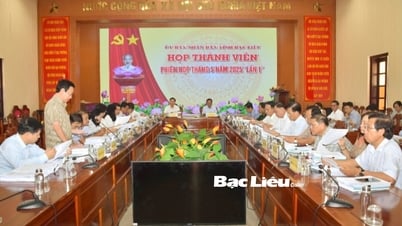












Comment (0)